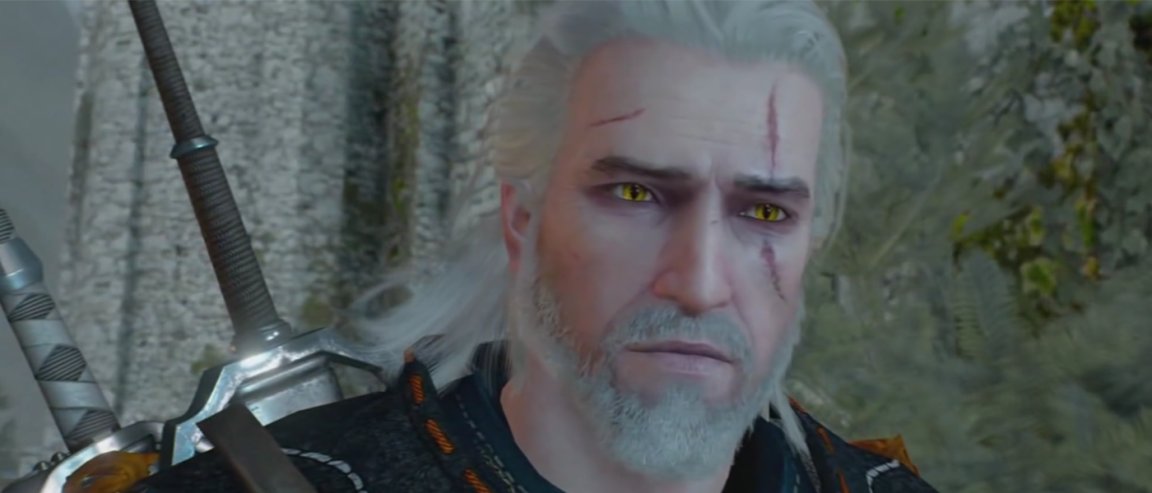
We all love video games. Whether it’s a classic game like Mario Party or a mobile game like candy crush saga, everyone has their pick of the litter. But while video games provide us with a fun, light-hearted medium to escape our everyday lives, the industry itself is a behemoth. Just last year, the gaming industry made $91 billion in revenue from mobile, retail, and free-to-play games.

The industry itself is evolving with new innovations. From virtual reality so convincing that you might just vomit to AI interfaces that make computer opponents ruthless, we’re just beginning to realize the potential of gaming. But did anyone truly imagine the capacity for growth that we’ve seen in the gaming industry today, just 40 years after it all began?
Pong — 1972

While there were other “video games” before pong, they weren’t commercialized like the grandfather of all games. Atari’s arcade legend featured a two-dimensional, graphical representation of table tennis, with which players used paddles to hit the ball back and forth until someone scored. The arcade version of Pong was so successful that Bushnell, Atari’s developer, pushed for a home console that could connect to the television, marking the beginning of what was to come.
Donkey Kong — 1981

Nintendo’s Donkey Kong brought something new to the table. While the giant ape took the role of the villain, the main character was at the time known as Jumpman — but we would recognize him today to be the one and only, Mario. The birth of Mario and the immersive gameplay set the precedent for future games.
Doom — 1993

Doom provided an entirely different experience for users. The graphical interface offered immersive three-dimensional gameplay while also inspiring many other first-person shooter games after it. The science-fiction horror game is considered to be one of the most influential games in history.
Halo: Combat Evolved — 2001

Microsoft’s Halo is almost like a rite of passage for gamers today. The multiplayer, military science fiction, first-person shooter is universally praised for it’s mastery of gameplay and graphics and continues to captivates users even today.
Final Fantasy XIII — 2009

Square Enix’s Final Fantasy series is known to blow fans’ minds with its graphical interface. Final Fantasy is a role-playing video game that allows players to roam in an open world, battle enemies, and customize their own characters. The progress in photo-realistic facial effects is prominent in the video game series.
The Witcher 3 — 2015

The action role-playing game, The Witcher 3: Wild Hunt, gave us far more depth than just great graphics. The characters in the game spoke volumes just by nuances in their gestures. The body language of the characters often told part of the story, and players were only able to pick up on the atmosphere of the conversation once they paid close attention to the details packed in with the impressive graphics.
Brookhaven Experiment — 2016

When you combine impressive graphics with horror virtual reality (VR) games, you get The Brookhaven Experiment. The game is terrifying on its own, but VR survival horror game might just make you wet your pants as it pushes us into a new generation of video game graphics that surround us.
Magic Leap — 2017?

This augmented reality (AR) video game promises to mix reality with — you guessed it — magic! The game makers claim to be developing a head-mounted device virtual retinal display that overlays the game’s graphics onto the real world, but they have been experiencing delays for years. We don’t know when Magic Leap will finally be available to the public, but its demos have some gamers excited to try it.
Our progress in developing video game animations is astounding, so much so that it helped bolster billionaire Elon Musk, owner of Tesla, Solar City, and SpaceX, in his claim that we’re living in a simulation. The overwhelming progress in photo-realistic effects in such a short timespan makes you ponder what humans will be able to develop in the years ahead.